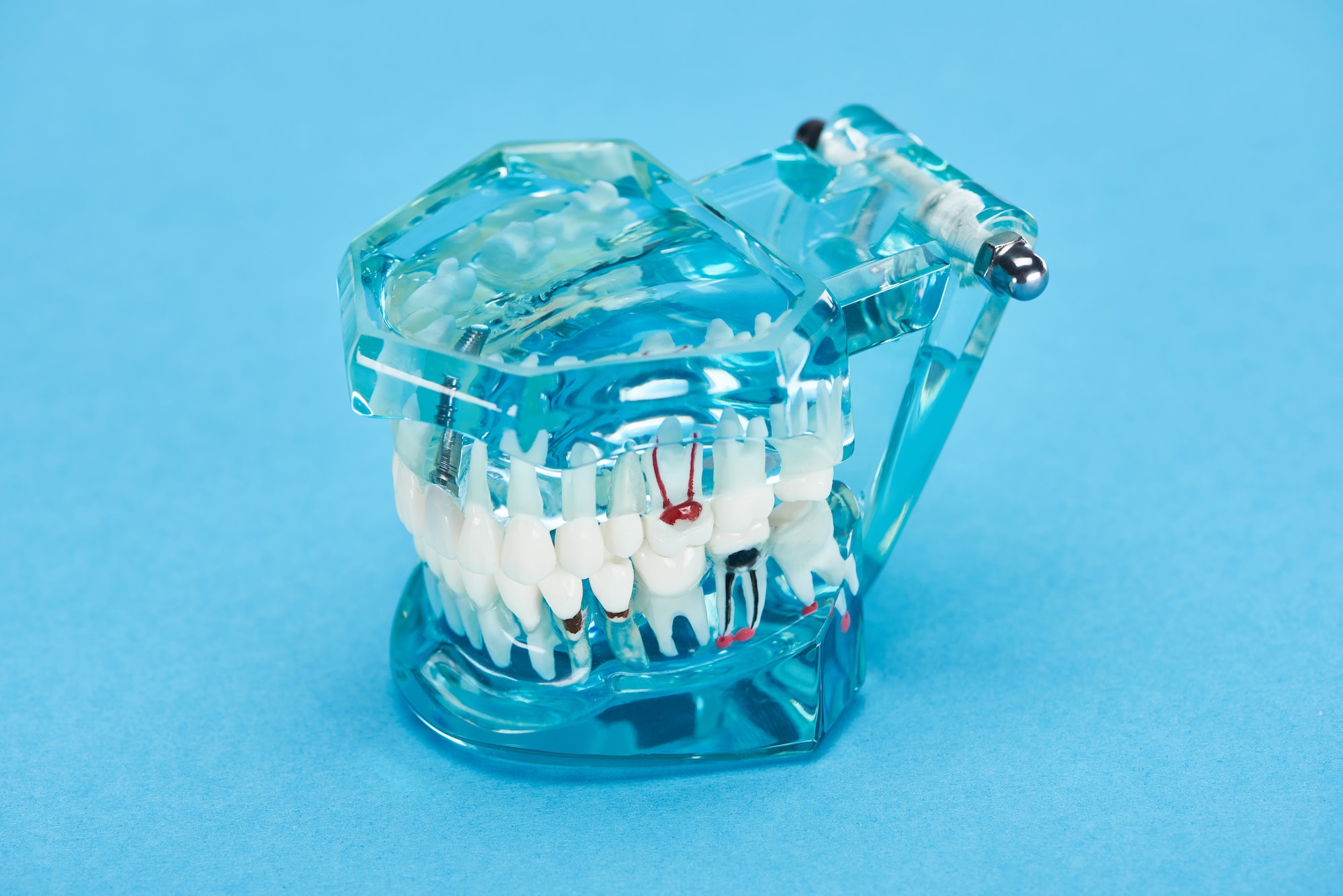As people strive to keep their teeth healthier for longer, calcified canals can present a particularly alarming concern for older populations. Calcified root canals regularly inhibit the preparation and treatment of root canal infections, and when these occur, only an endodontist can perform treatment for them.
For an aging population that’s prone to an increase in trauma to their teeth, having endodontists that can perform treatments on calcified canals is increasingly essential. Luckily, technological advances in magnification, instrumentation, and technical procedure have been improving clinical protocols for patients with these endodontic conditions. Calcified canals can be treated, and it’s essential for patients to take advantage of their dental care, get regular examinations, and keep an eye on their teeth for the potential signs of calcified canals.
What Are Calcified Root Canals?
Calcified canals are an increasing issue, where the deposit of calcium within the root channels leads to a decreased canal space, placing pressure along with the pulp, blood vessels, and nerve endings inside the tooth. Also known as pulp sclerosis, calcified root canals is a natural process that occurs from both pathological and physiological causes. Treatment for calcified canals all depends on the development of the hard calcified tissue, and for patients, this condition can develop gradually, making it more difficult to treat in its early stages.
For patients observing this issue, calcified root canals can produce severe pain, swelling, and infection. Often, the outer appearance of a calcified tooth changes, causing it to appear and look darker yellow in color. These symptoms often coincide with other dental issues, such as cavities, tooth decay, and pulpal necrosis. Most often, calcified teeth don’t appear to have many symptoms, and it makes it all the more essential for patients to visit their dentist and get their annual examination. However, if signs of a calcified tooth are present, then the X-ray will show the tooth with large amounts of calcification, hiding the pulp chamber and causing the area to appear extremely narrow.
What Causes Tooth Calcification?
As the calcium deposits into the tooth over time, the most common cause of tooth calcification is dental trauma to the tooth’s apex and pulp. Any form of dental trauma can lead to a reactionary deposit of calcium, and when trauma impacts the tooth’s ability to recover and heal, the calcium can also create difficulties for endodontists in locating and gaining access to the canals. Because this process occurs naturally over time, calcified root canals become an issue for many patients 65 and older but can also occur as a result of an accident or sports injury. Studies have indicated that up to 24% of traumatized teeth end up partially or completely calcifying the root canal space and that these calcified spaces often go undetected for a year or more after the injury.
When handling calcified root canals, this condition can be especially difficult for endodontists due to the difficulty with cleaning out the canal space. As endodontists, having access to every root can help increase the success rate of a root canal procedure involving calcified root canals. As a result, finding and treating calcified root canals requires an immense amount of skill to treat the tooth successfully. Endodontists, however, have established protocols from organizations such as the American Association of Endodontics to provide comprehensive examinations and treatments for calcified teeth. The main aspiration of endodontic treatment is to avoid leaving behind untreated, infected canals and focus on conservative treatment to allow the tooth to remain intact and avoid extraction.
The Latest Trends In The World of Endodontics
How Endodontists Find and Treat Calcified Teeth
Calcified roots tend to cause difficulties with visualizing the root canals. However, the use of existing technology to diagnose calcified teeth can help assist endodontists in locating the various root canals that provide accessways for the pulp, blood vessels, and nerves of the tooth. Some of that technology includes:
- CBCT Technology: Cone-beamed computed technology allows endodontists to capture data using a cone-shaped x-ray beam, allowing endodontists to evaluate the underlying bone structure and nerveways surrounding the soft pulp tissues. While the calcified root can obstruct vision, the CBCT technology can allow endodontists to perform diagnostics on the area affected to locate the affected root canals.
- Digital Impressions: Taking digital impressions of the affected tooth and the surrounding teeth can help further transport data to medical files and allow endodontists to observe the tooth at a close capacity further. It can also be superimposed onto the CBCT scan to align arches and help program a guide for treatment.
- 3D Printing: 3D printing can also be used to fabricate a template or guide for treating the affected tooth and ultimately help create a proposed pathway for the endodontist to use when removing calcified pulp tissue from the inner chambers.
- Microscopes: Microscopes can further the accuracy and diligence of the procedure itself, ultimately increasing the success rate of a root canal procedure or other procedures to protect the inner workings of the tooth.
Through these methods, endodontists can locate the calcified canal, create direct contact with the pulp calcification, and then use straight, continuous motions to remove the calcified pulp and remove any dentin remains within the pulp chamber. From there, a normal root canal procedure can be performed to irrigate the system, remove signs of infection, and then fill the inner workings of the tooth with either rubber or plastic fillings to prevent cases of reinfection.
Are Root Canals For Calcified Teeth Needed?
Root canal treatments are more or less performed if the calcified tooth becomes infected. In extreme cases where the tooth’s pulp and inner canals become infected, the calcified root canals need to be removed first to help further address the infection and irrigate the canal system. In other cases, if the calcified root does not affect the tooth’s health, then the condition may not require any treatment. Most often, your endodontist will have decades of experience behind them in performing canal preparation procedures and will go through the diagnosis process to make sure that during your procedures, your teeth are intrinsically safe from reinfection and failure rates.
Using Preventative Endodontics to Avoid a Root Canal Treatment



